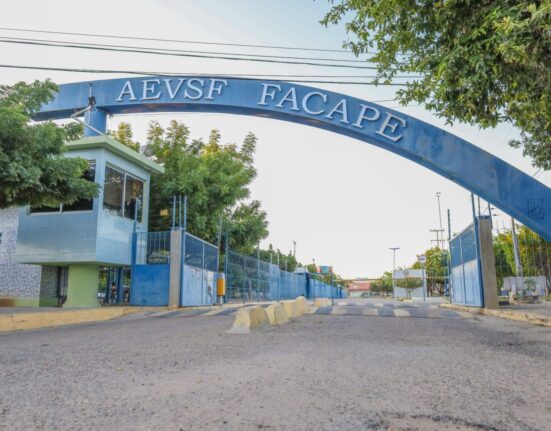The news of Mduduzi Mnisi, the accused murderer of 14-year-old Likhona Fose, being granted bail of R5,000 in the Roodepoort magistrate’s court has sent shockwaves through the community. The tragic discovery of Fose’s mutilated body in an open veld in Durban Deep, Roodepoort, on June 1 has left many reeling with disbelief and horror.
Mnisi’s connection to the crime through the account of a single witness who reportedly saw him with the victim has been a focal point in the court proceedings. Despite vehemently denying any involvement in Fose’s murder, Mnisi’s past criminal record has cast a shadow of doubt over his claims of innocence. Having been released on parole in December 2018 after serving time for attempted murder and robbery with aggravating circumstances, questions about his character and potential for violence have arisen.
During the bail application, the investigating officer, Sgt Moses Semosa, presented compelling testimony regarding an eyewitness account placing the accused in the company of the deceased on the day of the crime. Mnisi, however, maintained his innocence, asserting that his alibi could be corroborated by his phone records indicating his presence in Daveyton at the time of the incident. This alibi was further reinforced by his girlfriend’s testimony, claiming they were together on the evening of May 31 and throughout the following day until he left to visit his mother.
The National Prosecuting Authority Johannesburg regional spokesperson, Phindi Mjonondwane, shed light on the investigative process that scrutinized Mnisi’s alibi. Despite initial corroboration of his whereabouts by his phone records linking him to Daveyton, discrepancies emerged when his phone was traced to a tower in Kagiso later that evening. Additionally, his parole officer, Neo Lakaje, revealed that Mnisi had breached his parole conditions by being in a different jurisdiction without prior authorization.
As the case unfolds, the complexity of determining Mnisi’s culpability in Fose’s tragic death becomes increasingly intricate. The conflicting narratives presented in court raise doubts and speculation about the truth amidst the search for justice for the young victim. With the matter postponed for further investigations, the legal process continues to unravel the layers of this harrowing crime, leaving a community in mourning and seeking closure.
The haunting specter of Likhona Fose’s untimely demise lingers over the courtroom, a stark reminder of the fragility of life and the darkness that can lurk within human hearts. As the wheels of justice turn, the echoes of her memory resonate, demanding accountability and resolution in the pursuit of truth.









Leave feedback about this